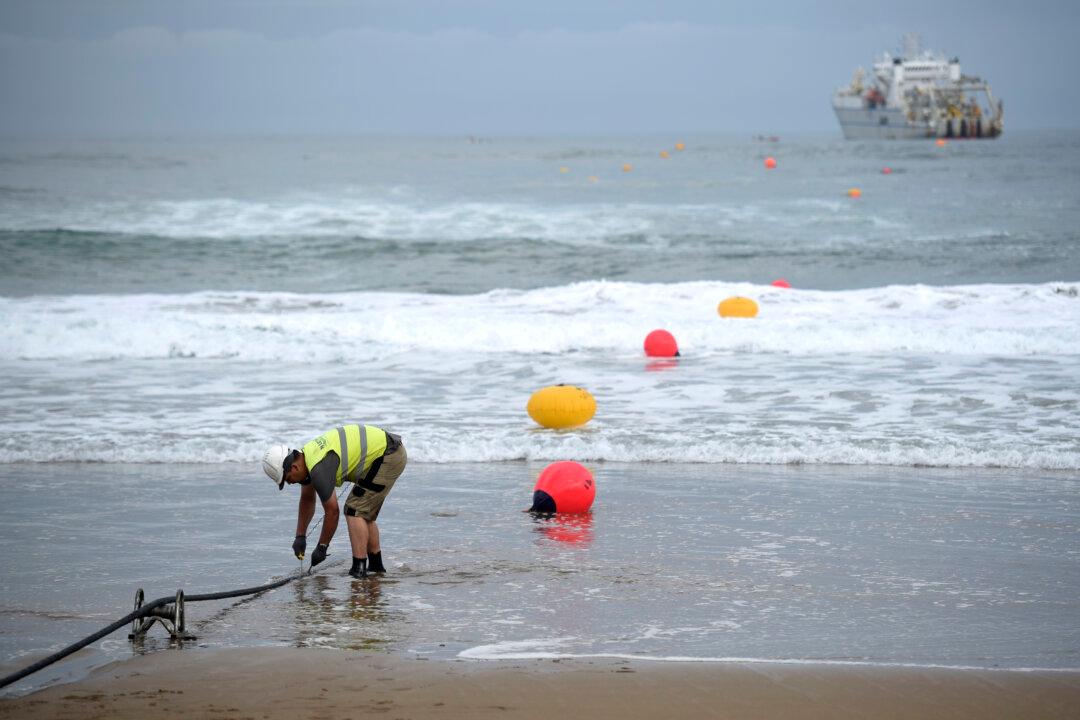The federal government has stepped in to rescue a multi-billion dollar renewable project connecting mainland Australia with the island state of Tasmania agreeing to fund nearly half its initial cost.
The Labor government struck the agreement while raising its stake in the joint venture to 49 percent.





